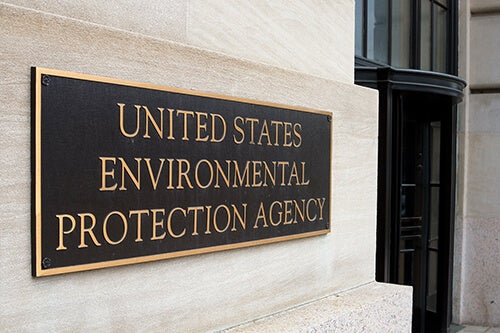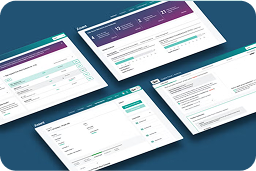In June, the Candidate List of substances of very high concern (SVHCs) expanded to include a new substance. The list now stands at 224 named substances, though that does not include their breakouts. As a key component of the EU Registration, Evaluation, Authorisation, and Restriction of Chemicals (REACH) Regulation, this presents a serious market access challenge for companies selling in the EU.
Any company that has SVHCs above threshold – 0.1 percent weight by weight (w/w) or more than one ton per year – in their products are required to notify downstream customers. They must also follow and communicate safe-use practices to downstream users. Furthermore, when doing business in the EU they are required to submit a notification to the Substances of Concerns, as such or in complex objects (Products) (SCIP) database.
The New SVHC
The new substance is:
- N-(hydroxymethyl)acrylamide (EC: 213-103-2; CAS: 924-42-5)
This substance has been added to the list due to its carcinogenic and mutagenic nature. It is commonly found in paints and coatings. It is used as a monomer for polymerisation and as a fluoroalkyl acrylate copolymer.
In the future, this substance may be placed on the Authorisation List. If placed on that list, the substance will be prohibited unless companies are approved for authorization by the European Commission after applying.
Breakout Substances – What They Are & How To Identify Them
The 224 substances on the Candidate List don’t represent every substance that has compliance or communication requirements. Also included in the list are breakout substances.
“Breakout substances” is the moniker sometimes used to describe substance groups and derivatives of substances that are on the published list. While they contain unique EC or CAS identifiers, they, traditionally, have not been referred to as Candidate List substances. The list includes approximately 455 substances, including these breakout substances.
To find breakout substances, use the EU Candidate List Table and review supporting documentation attached to each substance. You can also download the full substances dataset.
How Assent Can Help
Since more substances are being added to the Candidate and Authorization List every year, it’s important to keep track of substances that are subject to future regulation. By utilizing the Assent Supply Chain Sustainability Platform, you can streamline the collection of supply chain data to support a variety of risk mitigation activities. The platform gives you deep insight into your supply chain so you can see past your direct suppliers to where additional risks are hiding.
If you would like to learn more about REACH and its implications for maintaining EU market access, download our handbook. You can also explore our REACH Solution to learn more about how Assent can help you ensure SVHCs stay out of the EU market.
To learn more about the Assent Platform, please feel free to Contact us









